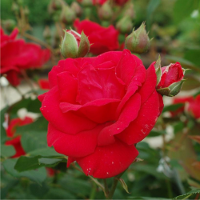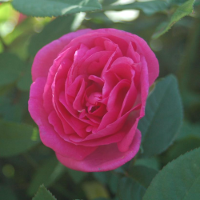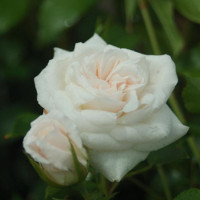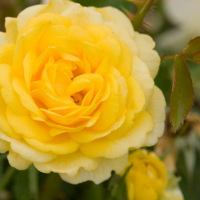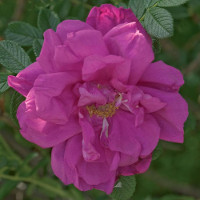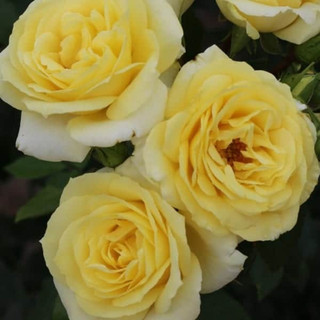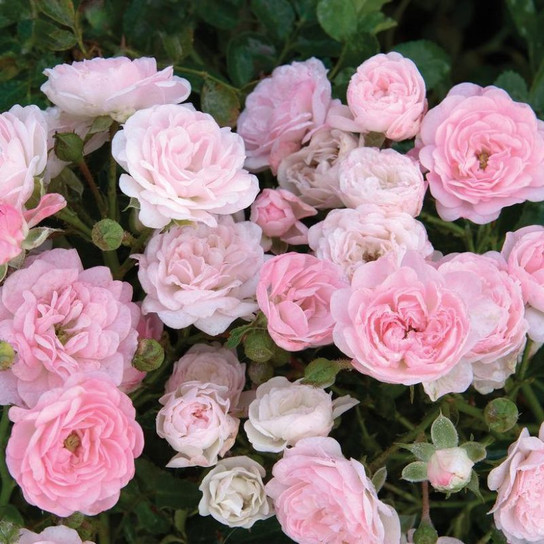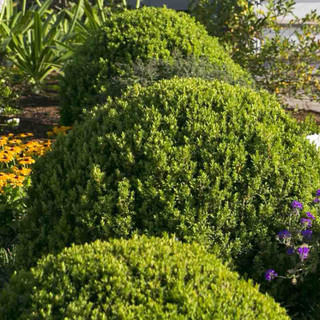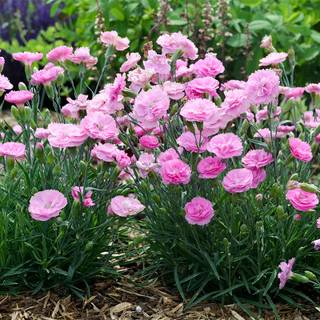| Climbing Roses |
Rosa spp. (various climbing hybrids) |
Late spring–fall (often repeats) |
Long, arching canes, need support |
Tie to trellises/arbors (no tendrils) |
- Not a true “class” but a habit/description
- Large blooms, often repeat-blooming
- Horizontal training can increase flower production
|
| Groundcover Roses |
Rosa spp. (often called “landscape”) |
Late spring–frost (continuous) |
Low-spreading, wider spread than height |
Ideal for covering slopes or as space fillers |
- Bred for low maintenance & disease resistance
- Typically very floriferous, with continuous bloom
- Minimal pruning required
|
| Floribunda Roses |
Rosa × floribunda |
Repeat/continuous, summer–fall |
Compact, bushy |
Great for borders, hedging, containers |
- Borne in large clusters for abundant color
- Longer bloom time than Hybrid Tea/Grandiflora
- Generally more disease-resistant
|
| Grandiflora Roses |
Rosa × grandiflora |
Repeat/continuous, summer–fall |
Tall, upright shrubs |
Taller habit, useful as a backdrop or screen |
- Cross between Hybrid Tea & Floribunda
- Large showy blooms in small clusters
- Good cut flowers; fewer fragrance options
|
| Hybrid Tea Roses |
Rosa × hybrida (Hybrid Tea group) |
Repeat/continuous, summer–fall |
Upright, vase-shaped |
Focal point, cutting garden, perennial borders, formal gardens |
- Classic single large bloom per stem
- Often very fragrant (though many lack scent)
- Thousands of cultivars, prized in floral arrangements
|
| Rugosa Roses |
Rosa rugosa and hybrids |
Spring flush & repeats through fall |
Shrubby, dense; can spread via suckers |
Naturalized plantings, coastal gardens |
- Exceptionally hardy & disease-resistant
- Wrinkled (rugose) foliage, often produces ornamental hips
- Tolerates salt spray, poor soils, & cold climates
|
| Shrub Roses |
Rosa spp./hybrids (broad category) |
Varies: Some single-bloom, many repeat |
Rounded, bushy to sprawling |
Hedges, borders, or foundation plantings |
- “Catch-all” category; includes many easy-care roses
- Often very cold-hardy & disease-resistant
- Bloom in clusters or single blooms; can be recurrent
|
| Wild Roses |
Rosa species (e.g., R. arkansana, R. virginiana) |
Usually once in late spring/early summer |
Shrubby or climbing forms in the wild |
Meadows, slopes, stream banks, and wildlife gardens |
- Species roses growing naturally for centuries
- Simple five-petaled blooms, loved by pollinators
- Hardy, disease-resistant, produce ornamental hips
|
| English Roses |
Rosa hybrids (David Austin Roses) |
Repeat-blooming, summer–fall |
Upright, bushy shrubs or short climbers |
Mixed borders, containers, and focal points |
- Bred by David Austin to combine old rose form/fragrance with modern rebloom
- Often very fragrant, full-petaled blooms
- May need winter protection in colder zones
|































